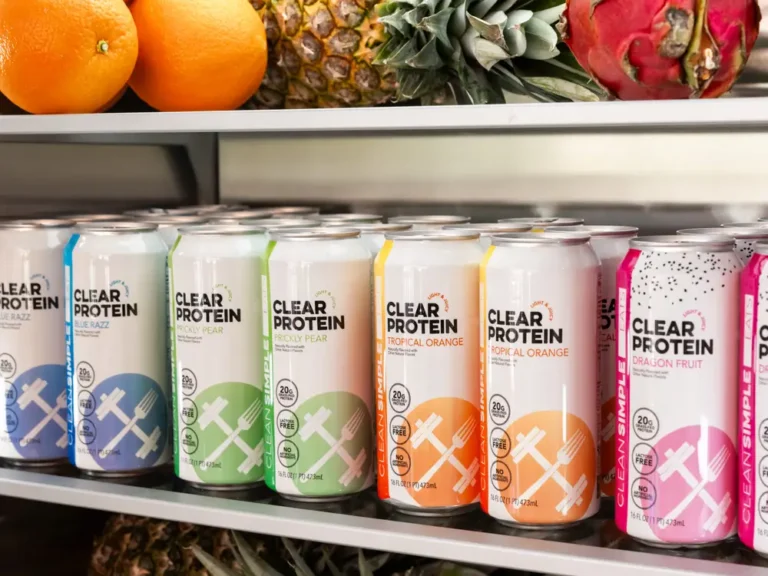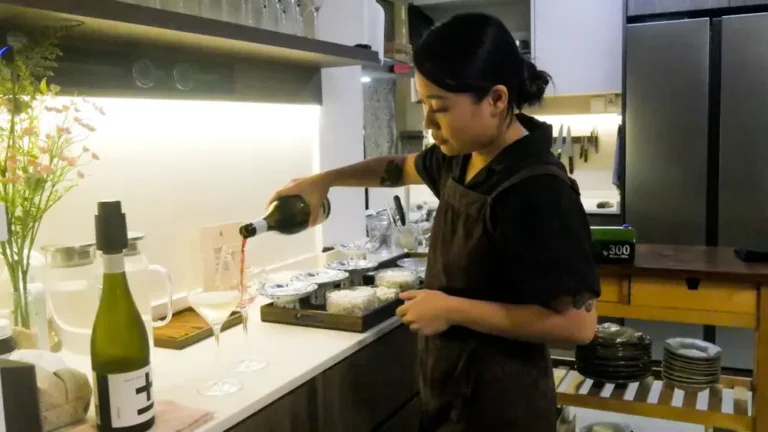7 white wines I’m buying right now as a sommelier

Reds may be more popular in the winter, but white wines still have their place at a holiday party.
I’ve worked in the wine industry since 2008, and I feel like we’re going through a wine renaissance right now.
There are so many choices out there, diversity is celebrated, and winemakers are embracing sustainable vineyard and cellar techniques.
As a sommelier, I always seek drinks that enhance my food and vibe. These are the white wines I’m buying at the moment.
Assyrtiko is bright and fresh.

Assyrtiko was popularized in Greece before spreading to other wine regions.
Assyrtiko, sometimes spelled Asyrtiko, is a white-wine grape that originated on the Greek island of Santorini. However, it has since spread to South Africa, California, and even North Carolina.
I love Assyrtiko because it’s high in acid, incredibly fresh, and food-friendly. It can be pretty citrusy on the palate, with notes of guava and minerals.
With its high acidity, it’s a great wine to pair with a cheese plate or charcuterie board at a holiday party.
The Armenian whites are too often overlooked.

I loved the wine I tried on a recent trip to Armenia.
I recently visited Armenia for a wine-tourism conference and fell in love with its white wines. The Asian country, like Georgia, is one of the oldest wine regions in the world, with thousands of years of winemaking history under its belt.
I was impressed by the variety and high quality of wines I tried there.
Armenia is better known for its brandy, but if you find any white wine, grab it.
These wines pair perfectly with the highly aromatic cuisines of Armenia and Iran, and they’ll also go well with Thai and Vietnamese food.
Amber wine is like white wine’s cool cousin.

Amber wines have a slightly orange tint to them but are considered white wines.
Most white wines are made by fermenting the juice, resulting in the pale hue we all recognize. Amber wines, also known as orange wines, are different because they achieve color through skin contact or maceration, like red wines.
Although they’re made with white grapes, the result is various hues of amber with unique textures, tannins, and flavors.
This style of wine originated in Georgia, but it is now produced in winemaking regions around the world.
Amber wines are delicious, fun, and sometimes ethereal, so I always look for them on a wine menu at a restaurant or bar. It makes me think the curator there knows what’s up.
If there’s a Chenin Blanc on the menu, I will order it.

Chenin blanc is my go-to white wine.
I always call Chenin Blanc the greatest wine grape on earth — it never fails me. It grows worldwide, but its home is the Loire Valley in France, and there’s a high concentration of vineyards in South Africa.
The grape is actually used to make various wines, from refreshing sparkling bottles to dry, sweet, and golden-hued varieties. I love them all, especially a dry, tart Vouvray.
Expect flavors of apples and pear, honey, light tea, and persimmon. These wines are perfect with goat cheese, fattier fish like sardines and tuna, and pasta.
Garganega is the best of the best in Italy.

Garganega grapes make some delicious white wine.
If Chenin Blanc is the world’s greatest wine grape, garganega is Italy’s best white grape.
The Italian white wine is wonderful and young. As it ages, it evolves from stone fruit, melon, and citrus aromas to more citrus peel and nutty aromas.
The fresh wine has a medium body and is a great alternative to pinot grigio. Try garganega with shellfish and richer dishes seasoned with fresh herbs or butter.
Malvasia and trebbiano blends from Lazio are my local go-tos.

Rome is located in the Lazio region of Italy.
I live near Rome and like to drink locally, so I often reach for wines from my Lazio region of Italy.
Roman cuisine is heavy, so I want a wine that can stand up to the sharp and salty flavors of pecorino Romano cheese. The most popular blends are made from malvasia and trebbiano grapes.
These wines are aromatic, with notes of citrus, tropical fruit, and white flowers, but they’re also very acidic and thirst-quenching. I like to pair them with a plate of carbonara.
Give chardonnay another try.

People often write off chardonnay entirely.
On my wine tours, I meet many different people with varying tastes — including those who are what we call “ABC” (anything but chardonnay) drinkers.
Many people don’t like it, but I think it’s a real shame. I love chardonnay so much that I named my dog after it.
The grapes grow worldwide, but their reputation can’t seem to shake the overly oaked, buttery California chardonnays of the ’80s and ’90s.
Those styles still exist, but that’s not all there is to the wine. When made well, it can be complex, with notes of lemon, apples, tropical fruits, stone fruits, cherry blossom, orange zest, flint, jasmine, and nuts. There’s something for everyone.
Because chardonnay isn’t particularly acidic, it can be enjoyed on its own without the need to be tamed by food. However, it also pairs well with soft cheeses, vegetarian cuisine, mushrooms, and fresh herbs.






